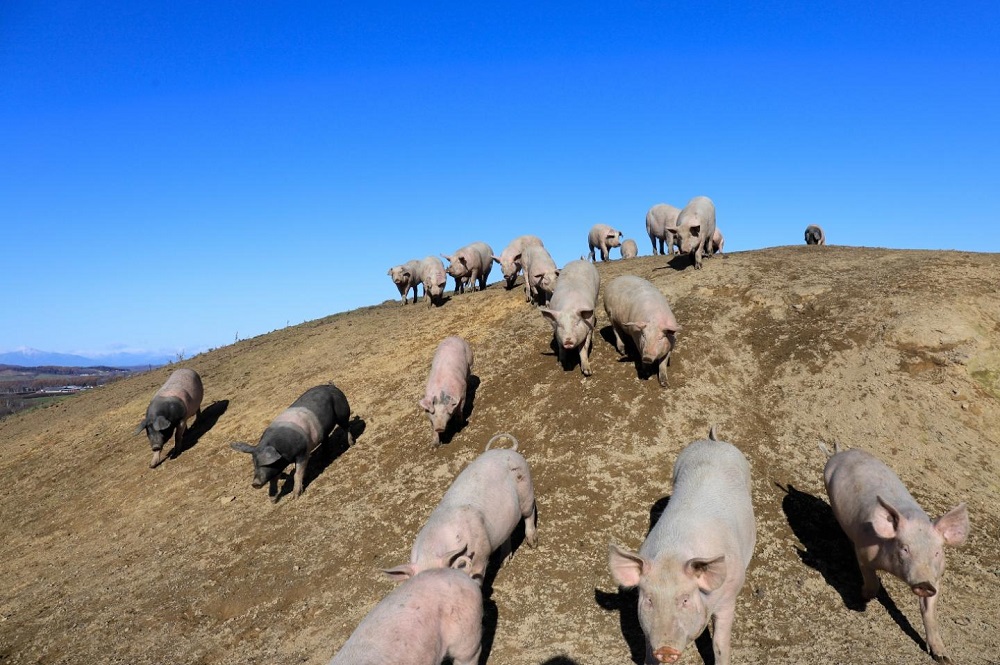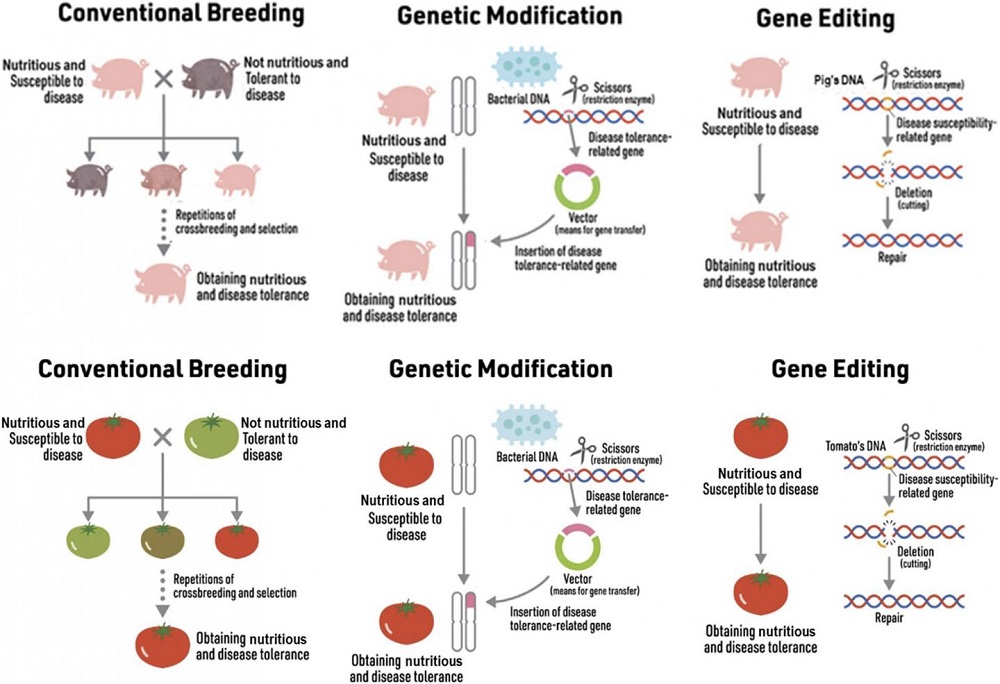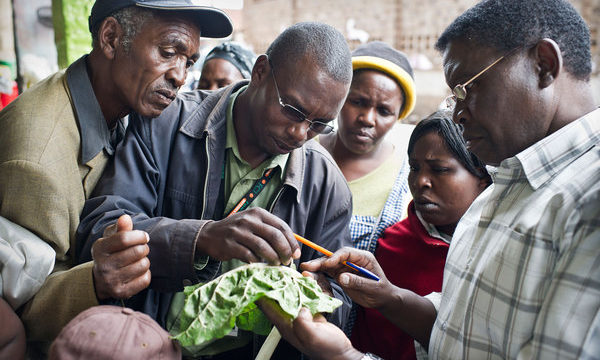
A large survey of Japanese consumers shows that they have more negative opinions about the use of new gene-editing techniques on livestock than they do about the same techniques being used on plants. However, the context of survey questions affects the extent of those feelings. The survey findings were reported in the CABI open-access journal CABI Agriculture and Bioscience writes David Hemming, Commissioning Editor for CAB Reviews and the Editor of AgBiotechNet, CABIs agricultural biotechnology internet resource.
Because humans tend to feel closer to animals than plants, and commonly express feelings regarding animal welfare but not plant welfare, the researchers, led by Naoko Kato-Nitta, a research scientist at Tokyo’s Joint Support-Center for Data Science Research (ROIS-DS) and Institute of Statistical Mathematics (ISM), wanted to see if such moral or taxonomic distinctions would produce any difference in their attitudes towards use of emerging gene-editing techniques such as CRISPR-Cas9.
Earlier surveys had shown subtle differences in consumer attitudes towards genetic modification, where foreign DNA is inserted into an organism’s genome, compared to gene-editing, where an organism’s genes are tweaked but no foreign DNA is introduced.
Via an online survey of just over 4,000 participants aged 20 to 69, the researchers identified a significant difference in consumer feelings. The participants were shown a diagram explaining how gene-editing works and then asked how they felt about it. The results showed that they were more likely to be worried about the use of gene-editing techniques on livestock than on plants.

An explanation of gene editing in pigs and tomatoes shown to participants © CABI Agriculture and Bioscience
In a twist to the study design, the researchers split the participants into two groups. In the first, the explainer diagram included cartoon pictures of pigs, and in the second, the diagram included cartoon pictures of tomatoes. The group shown the pictures of cartoon pigs were subsequently less likely to raise concerns about gene-editing of livestock than the group shown pictures of cartoon tomatoes.
The researchers think that the pictures of the pigs may have “primed” the survey participants to be open to livestock gene-editing. “In contrast, the group shown the gene-editing of cartoon tomatoes had in effect been asked to infer how they would feel if the same thing was done on pigs” says Kato-Nitta, a specialist in risk communication. “There was a higher emotional hurdle to be overcome in the second group. This means that public attitudes towards food can change as a result of just one small change to how information is provided,” she adds. “And so, experts really need to pay careful attention to the impact of how they contextualize their discussions of gene-editing.”
The survey participants were also asked a series of questions assessing their level of scientific literacy. Those with higher levels of scientific literacy were more supportive of using gene-editing to deliver improvements in vegetables, and more supportive of using gene-editing to make livestock more resistant to disease.
In the 1990s, strong public opposition to genetically modified crops led to the Japanese government’s introduction of strict regulations on such techniques, as well as the labelling of GM food items. Currently there is no commercial cultivation of GM crops in Japan. The researchers now want to perform the study again in other countries in order to see if the plant-animal consumer distinction is culturally specific to Japan.
Additional Information
Main image: Pigs from Northern Japan – (Credit: Hisashi Urashima)
Full paper reference
Kato-Nitta, N., Inagaki, Y., Maeda, T. et al. Effects of information on consumer attitudes towards gene-edited foods: a comparison between livestock and vegetables. CABI Agric Biosci 2, 14 (2021). https://doi.org/10.1186/s43170-021-00029-8
CABI Agriculture and Bioscience publishes high quality, rigorously peer-reviewed interdisciplinary research focused on agriculture, food security, and the environment.
1 Comment
Leave a Reply
Related News & Blogs
Marginalised issues in food security: Oxford Food Security Forum 2014
Women making tortillas in Guatemala © David Amsler A blog by Léna Durocher-Granger and Rachel Hill On 4th May we attended the Oxford Food Security Forum’s Annual Conference. The conference aimed to address some of the topics in food security research t…
7 May 2014


seems like the respondents were scared by the picture of scissors. Non of the processes of genetic modification nor editing use scissors as depicted in the images. So I conclude that the images were inappropriate for the study causing the unnecessary fear. Simply because people are okay with cutting plants than they are cutting animals